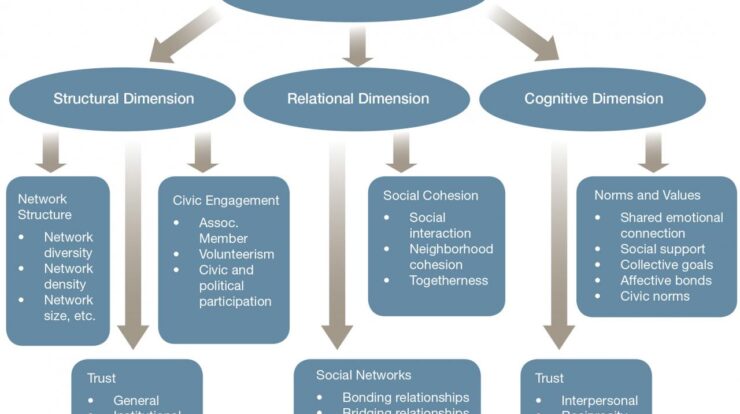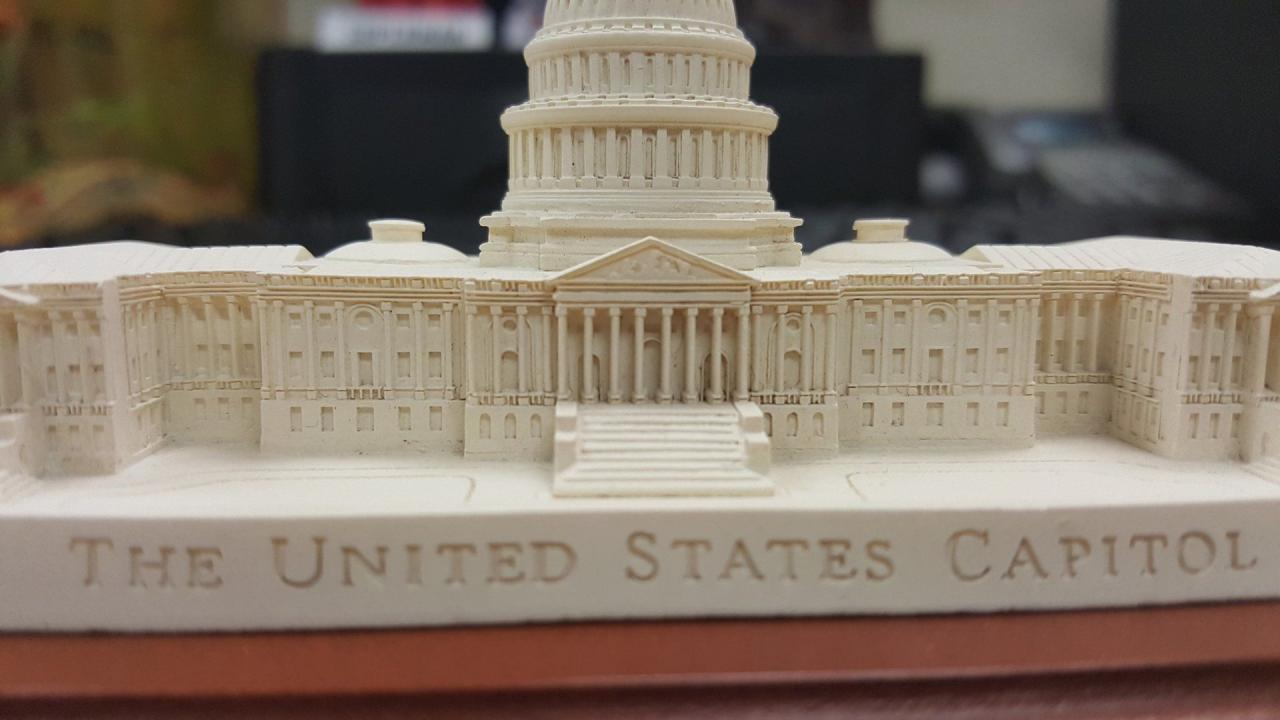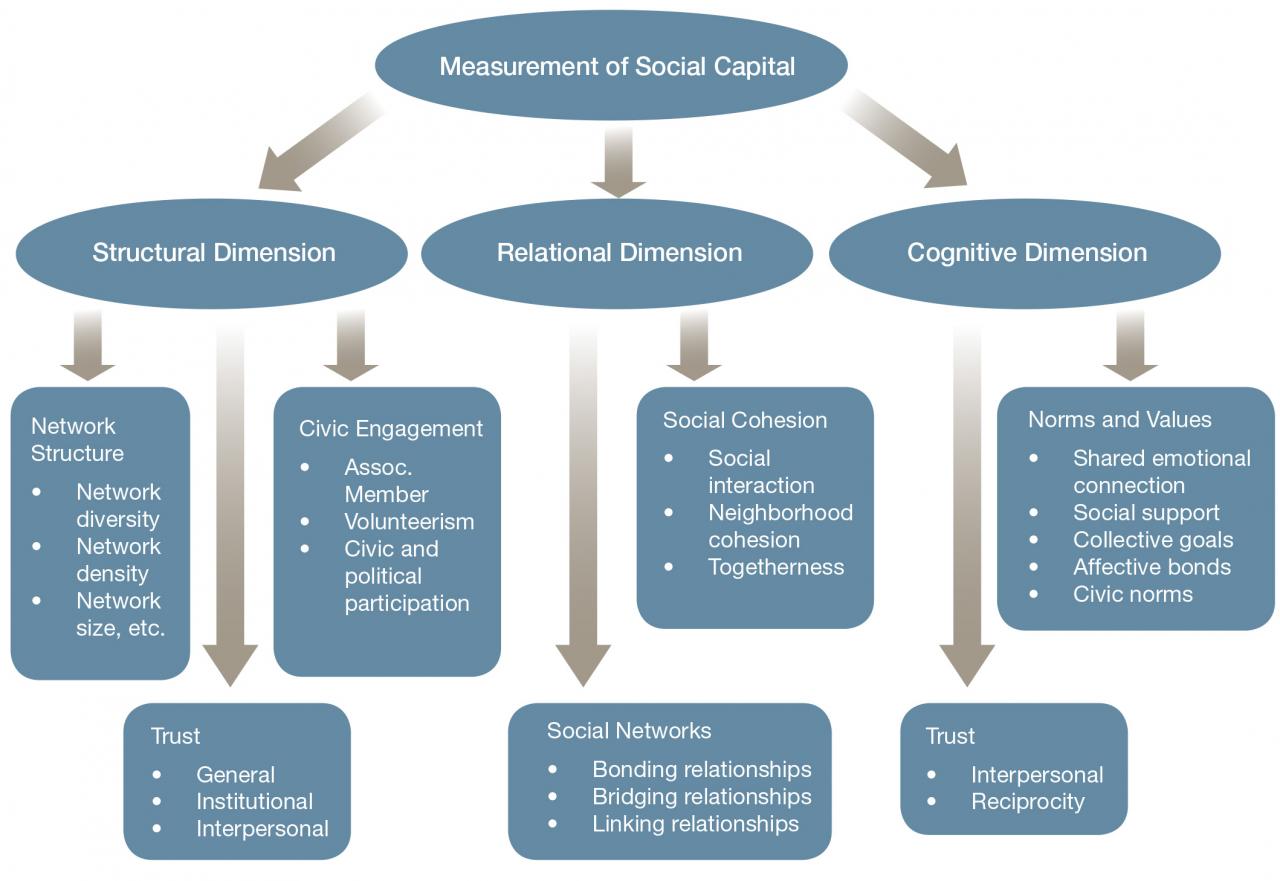
Capitol measurement, a cornerstone of architectural and engineering practices, has a rich history and technical intricacies that have shaped the construction industry. This in-depth exploration delves into the historical significance, technical aspects, applications, and future of this crucial measurement.
From its origins to its modern-day applications, capitol measurement has played a vital role in ensuring accuracy and standardization in various fields.
Historical Significance of the Capitol Measurement

The Capitol measurement, also known as the U.S. Capitol Building’s measurement, holds immense historical significance as it serves as the basis for the design and construction of the iconic U.S. Capitol Building in Washington, D.C. The measurement was meticulously established in the early 19th century by renowned architects and engineers, including Benjamin Henry Latrobe and Charles Bulfinch.
It played a pivotal role in ensuring the accuracy and precision of the Capitol’s construction, solidifying its status as a symbol of American democracy and architecture.
Technical Aspects of the Capitol Measurement
The Capitol measurement was meticulously determined using advanced surveying techniques and mathematical calculations. It established precise dimensions for the building’s footprint, height, and overall proportions. The measurement was designed to ensure the Capitol’s structural integrity and aesthetic balance, allowing it to withstand the test of time and become a testament to the ingenuity of its creators.
Applications of the Capitol Measurement
The Capitol measurement has found widespread applications beyond the construction of the U.S. Capitol Building. It serves as a standard reference for architectural and engineering projects throughout the United States and has influenced the design of numerous other government buildings, monuments, and infrastructure projects.
The measurement’s accuracy and precision have made it an indispensable tool for ensuring consistency and standardization in the construction industry.
Evolution and Future of the Capitol Measurement
The Capitol measurement has undergone advancements and innovations over the years. Modern surveying and measurement technologies have enhanced its accuracy and efficiency. Emerging technologies, such as laser scanning and drone surveys, hold the potential to further refine the measurement and expand its applications.
The Capitol measurement continues to evolve, adapting to the changing needs of the architectural and engineering fields.
Last Point

As technology continues to advance, the future of capitol measurement holds exciting possibilities. With emerging technologies and innovative approaches, this measurement technique is poised to enhance precision and accuracy even further, shaping the architectural landscape of tomorrow.
FAQ Summary
What is the historical significance of capitol measurement?
Capitol measurement has played a crucial role in the development of architectural and engineering practices, providing a standardized unit of measurement for construction projects.
How is capitol measurement used in modern applications?
Capitol measurement is widely used in various fields, including architecture, engineering, and construction, to ensure accuracy and standardization in design and construction processes.





